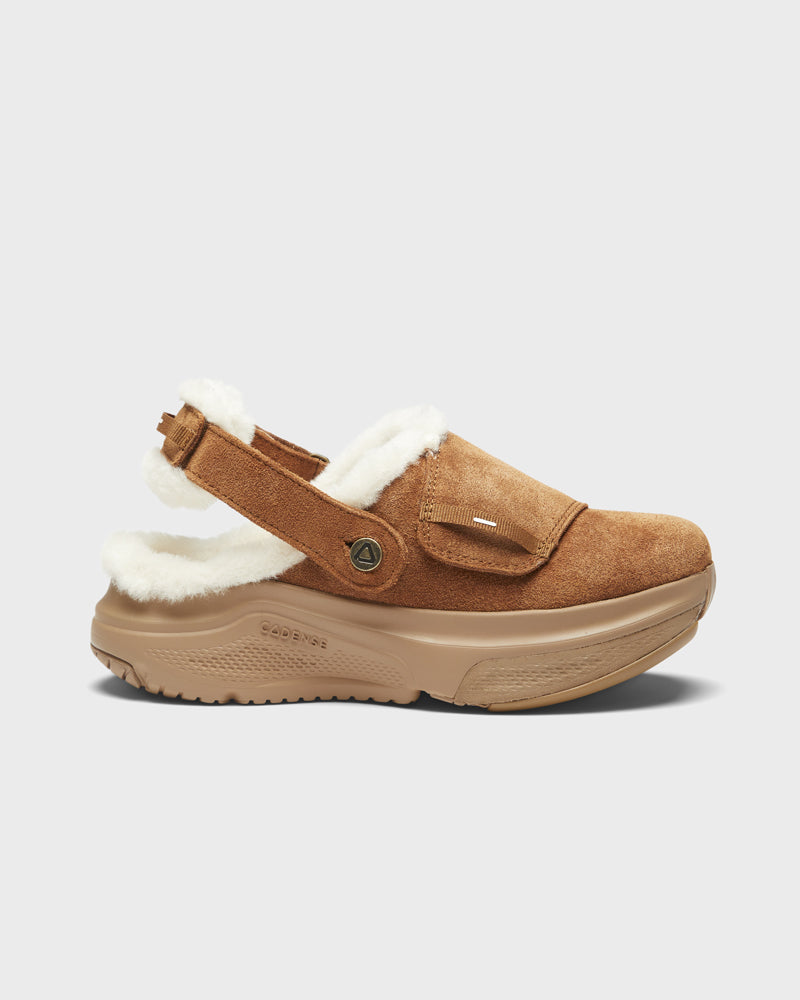Filters
Men's Adaptive Trainers - All Black
Sale price£199.99 GBP
Original Women's Adaptive Trainers - Light Blue
Sale price£199.99 GBP
Original Women's Adaptive Trainers - Black
Sale price£199.99 GBP
Original Women's Adaptive Trainers - White
Sale price£199.99 GBP
Original Men's Adaptive Trainers - Black
Sale price£199.99 GBP
Havena Women's Adaptive Slipper - Sand
Sale price£179.99 GBP
Original Men's Adaptive Trainers - Slate
Sale price£199.99 GBP
Women's Adaptive Trainers - All Black
Sale price£199.99 GBP
Havena Women's Adaptive Slipper - Chestnut
Sale price£179.99 GBP
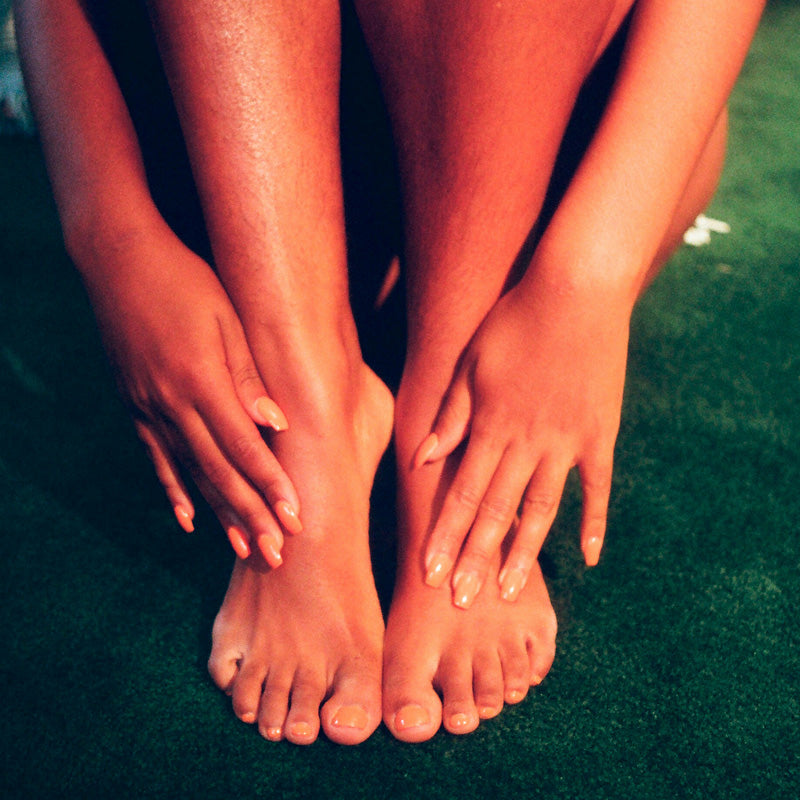
What is Morton’s Neuroma?
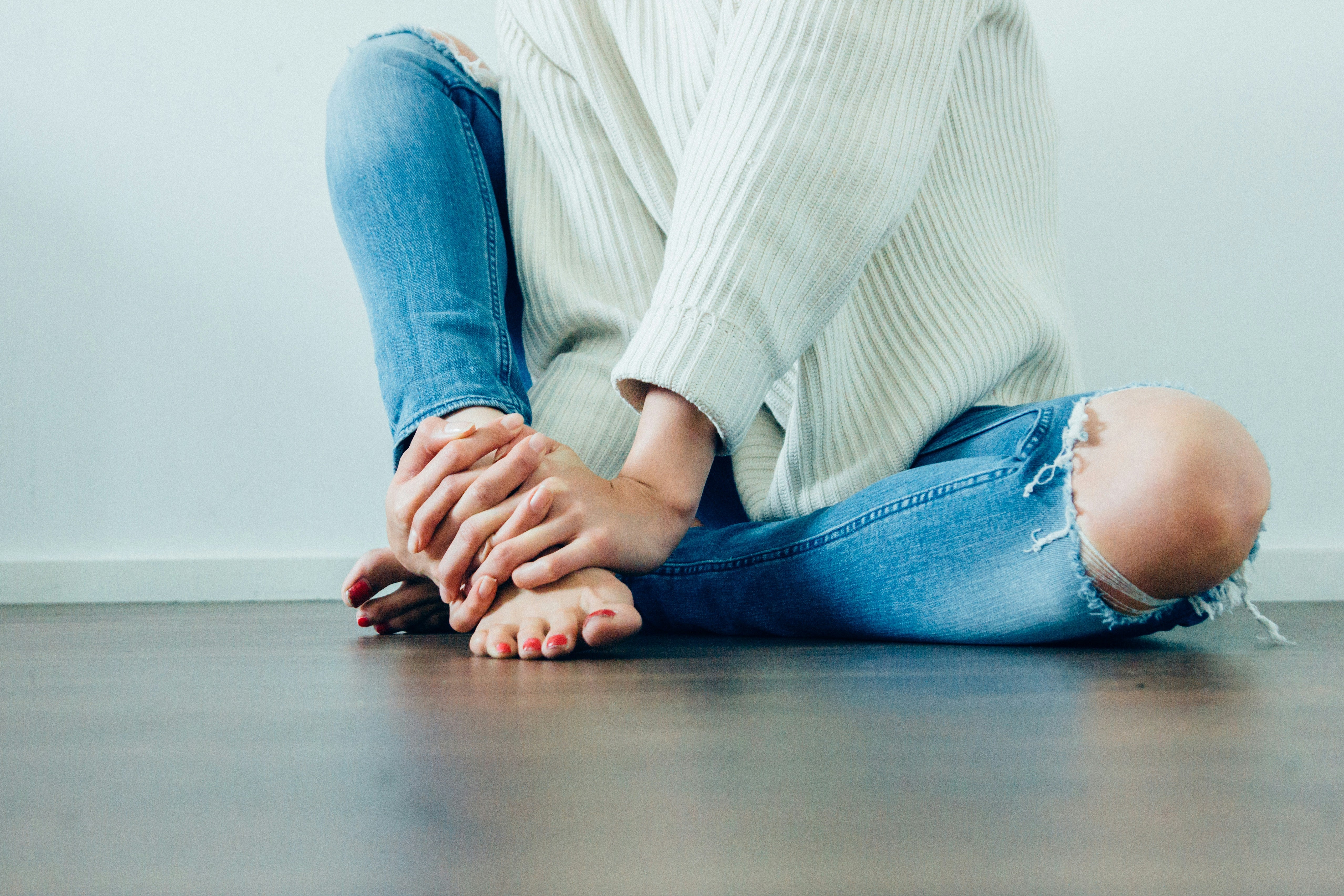
Symptoms of Morton’s Neuroma
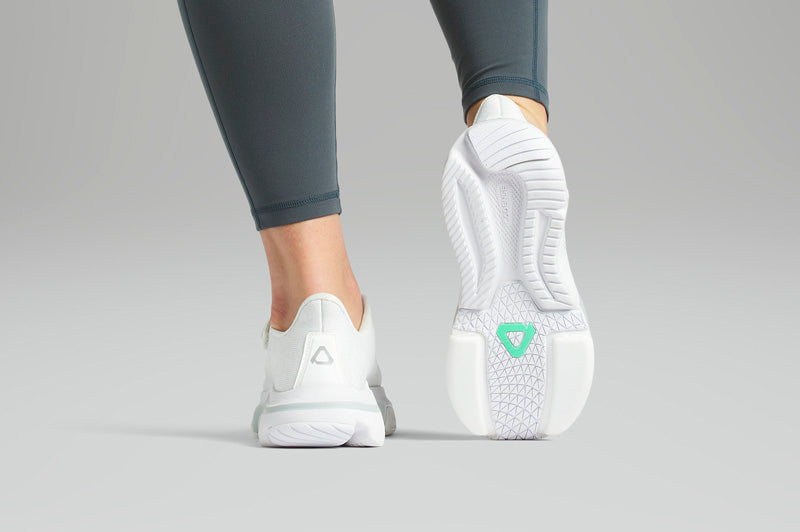
Explore Trainers for Morton’s Neuroma
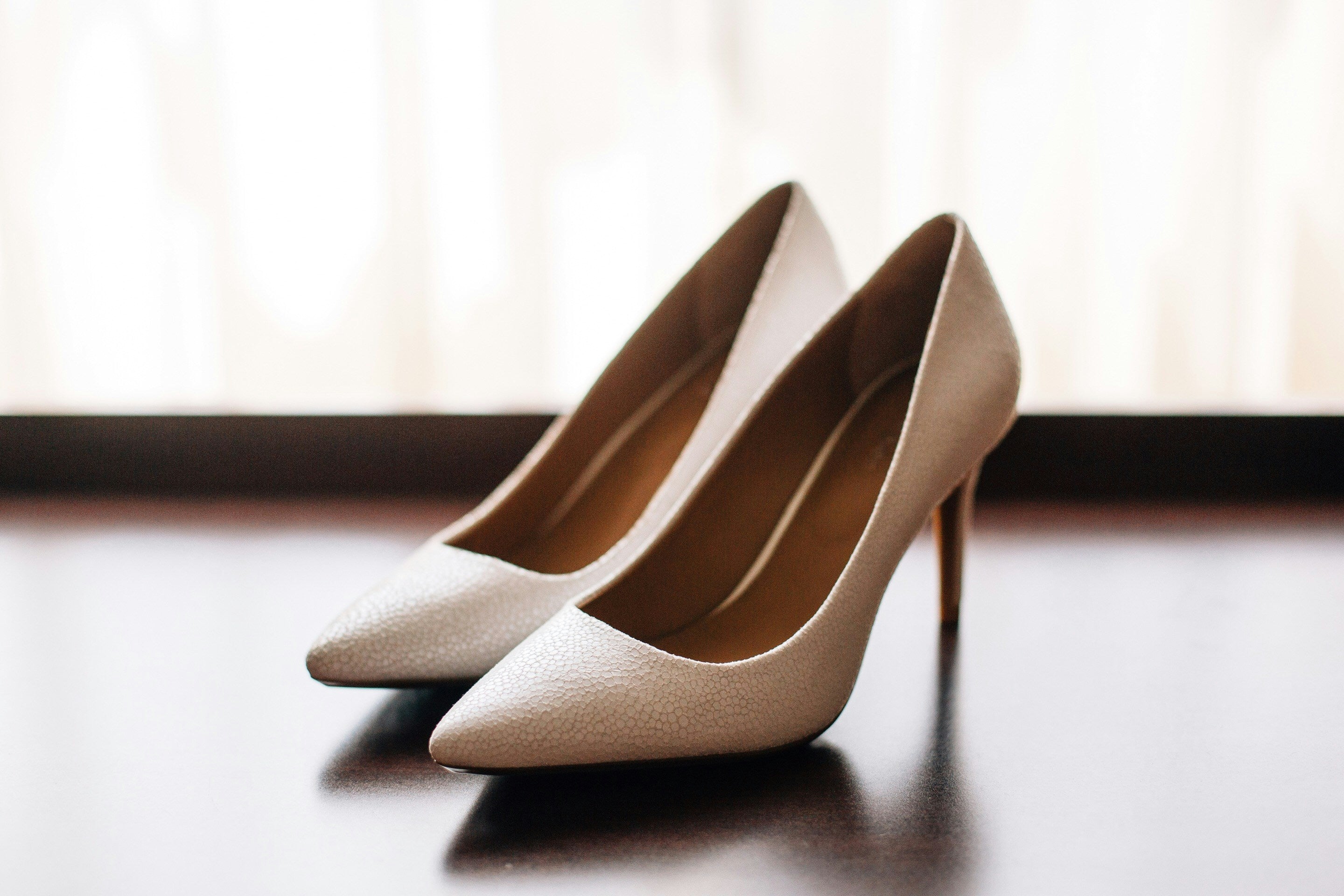
Causes of Morton’s Neuroma

Treatments for Morton’s Neuroma
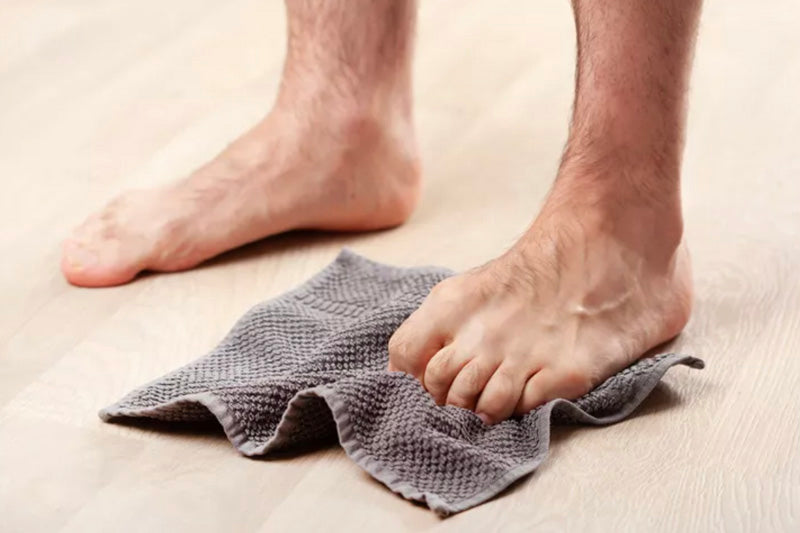

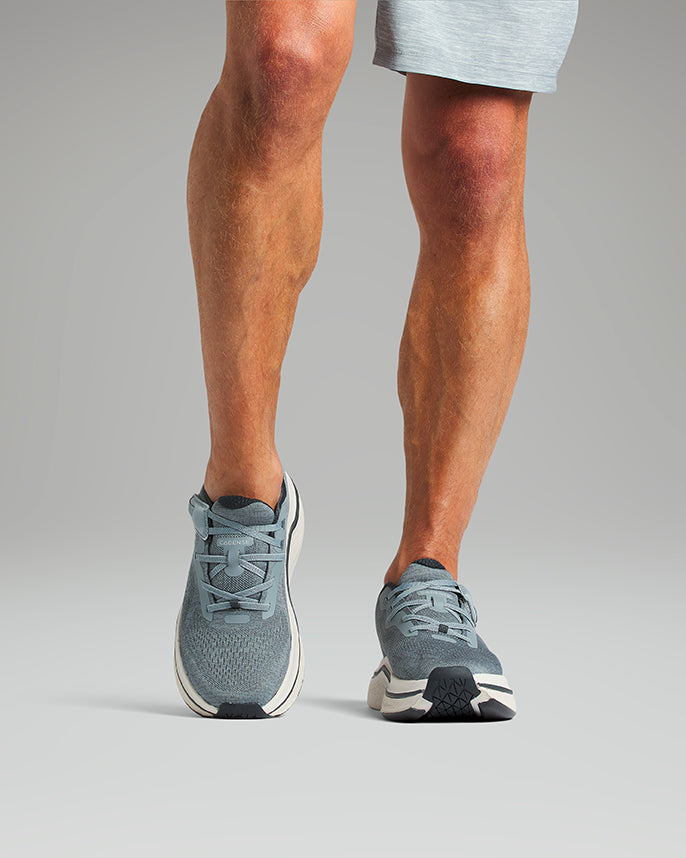
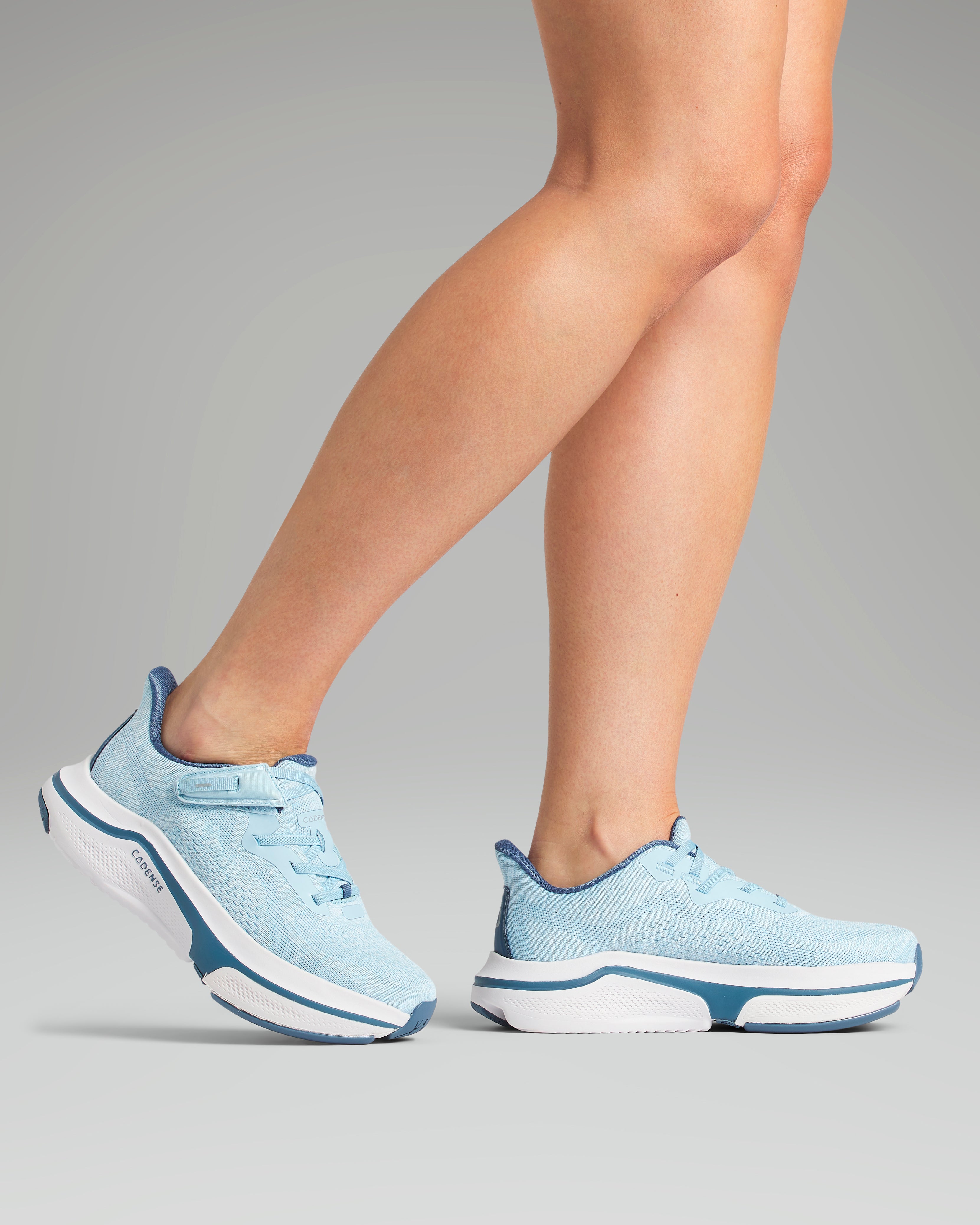
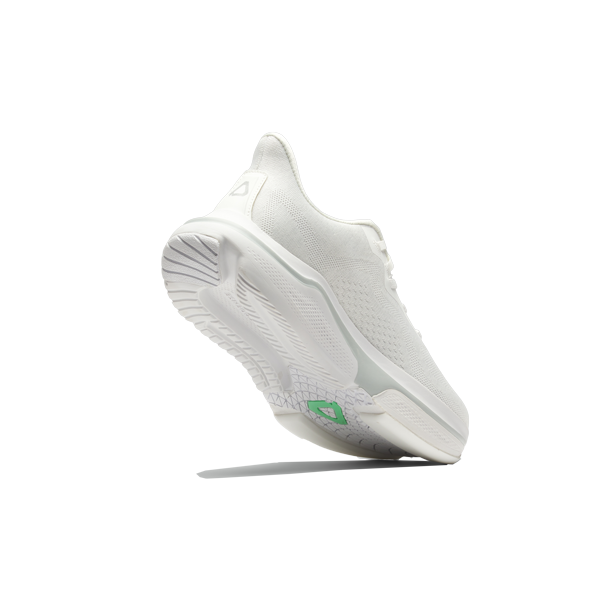
![[color: all black] Original Men's Adaptive Shoe](http://cadense.co.uk/cdn/shop/files/Mens-ABK-T1-LG.jpg?v=1765557575&width=800)
![[color: light blue] Original Women's Adaptive Shoe](http://cadense.co.uk/cdn/shop/files/Womens-BLU-T1-LG.jpg?v=1765557194&width=800)
![[color: black] Original Women's Adaptive Shoe](http://cadense.co.uk/cdn/shop/files/Womens-BLK-T1-LG.jpg?v=1765556963&width=800)
![[color: white] Original Women's Adaptive Shoe](http://cadense.co.uk/cdn/shop/files/Womens-WHT-T1-LG.jpg?v=1765557438&width=800)
![[color: black] Original Men's Adaptive Shoe](http://cadense.co.uk/cdn/shop/files/Mens-BLK-T1-LG.jpg?v=1765557830&width=800)
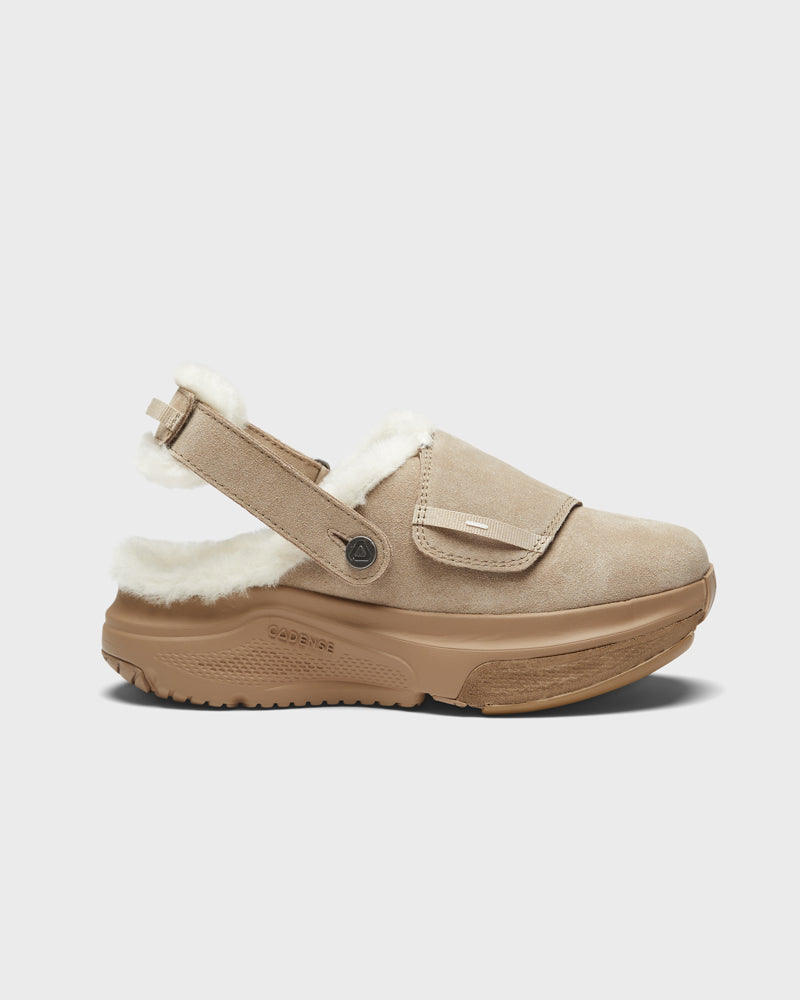
![[color: slate] Original Men's Adaptive Shoe](http://cadense.co.uk/cdn/shop/files/Mens-SLT-T1-LG.jpg?v=1765558368&width=800)
![[color: all black] Original Women's Adaptive Shoe](http://cadense.co.uk/cdn/shop/files/Womens-ABK-T1-LG.jpg?v=1765556547&width=800)
